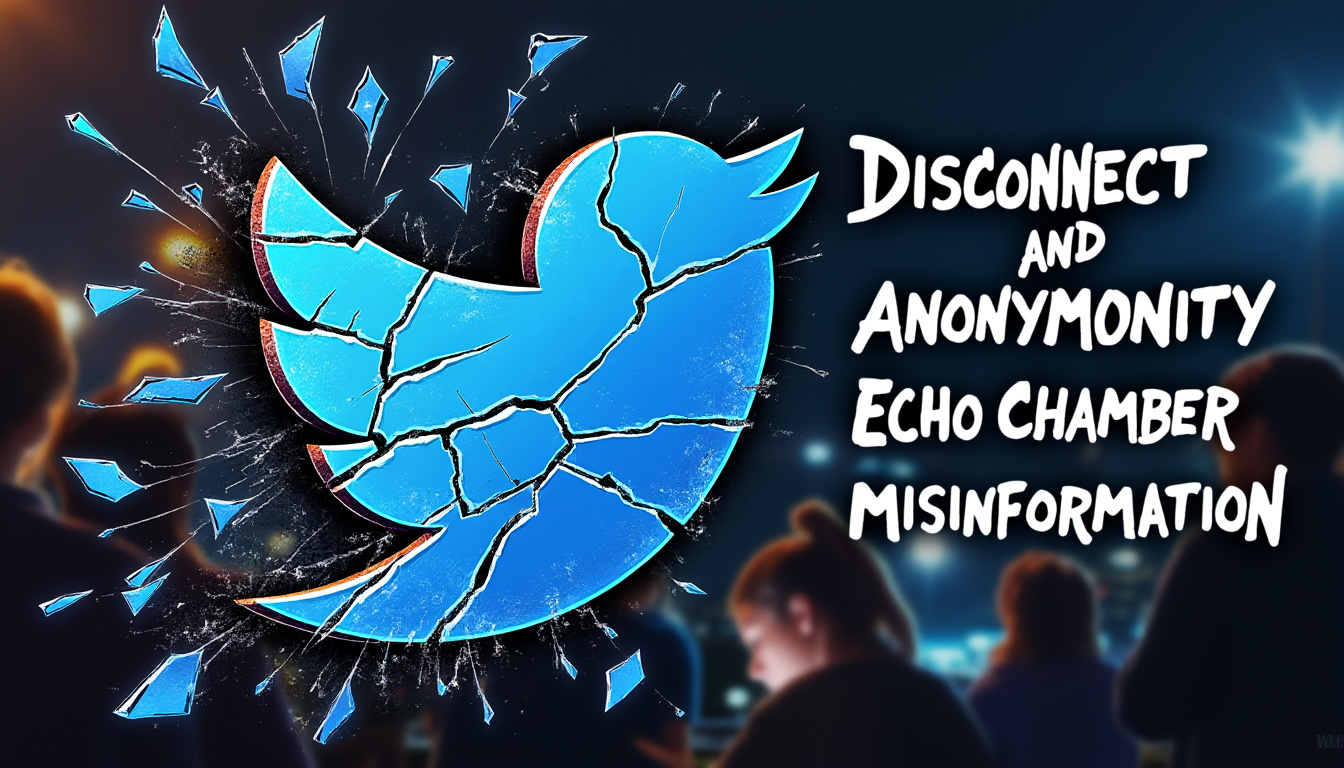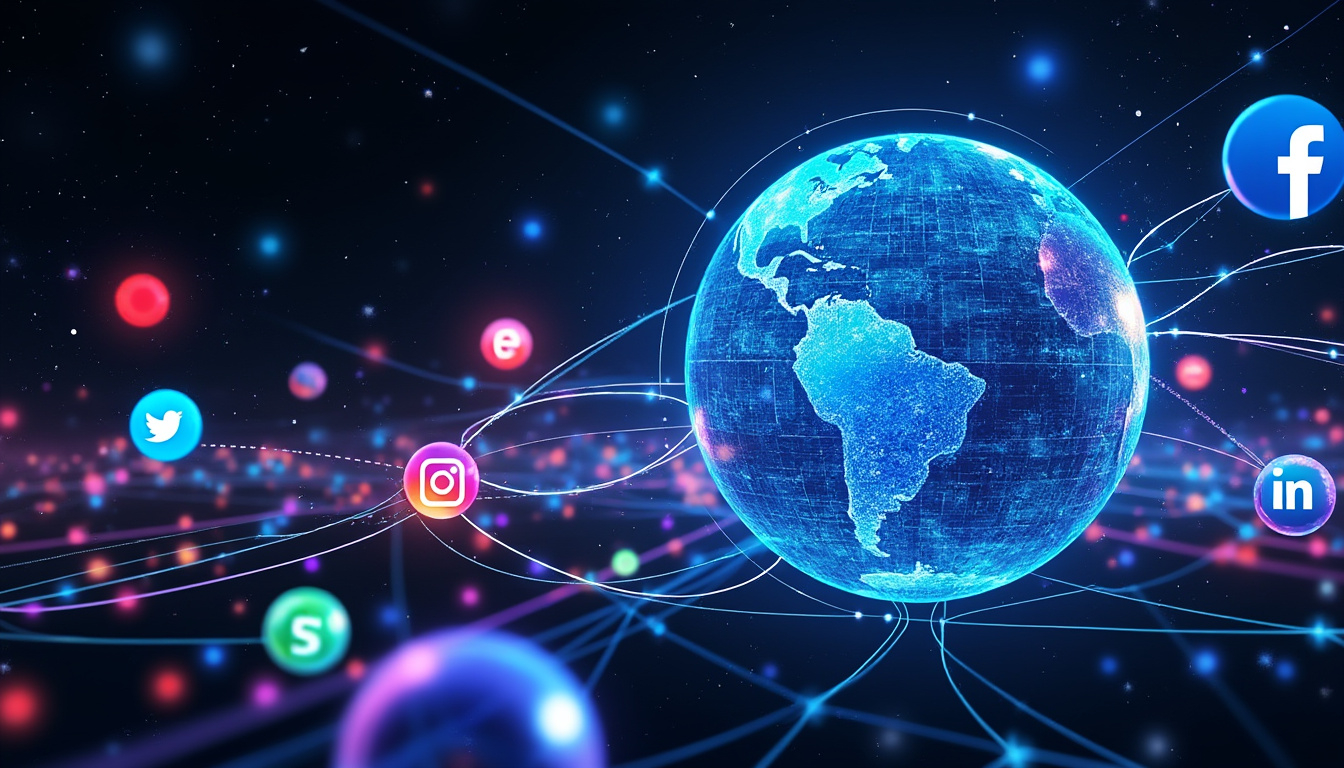On March 10, the X platform, previously known as Twitter, encountered a significant global outage, leading to widespread user frustration. As the social media disruption unfolded, many individuals found themselves unable to access their accounts, resulting in a surge of activity across alternative platforms where users voiced their concerns about the service interruption. This article delves into the details surrounding the incident involving Elon Musk’s X platform.
The Incident of the Twitter Outage
The Twitter outage came to light on the morning of March 10, with countless users reporting difficulties while trying to reach the platform. Many indicated that they faced issues primarily through the mobile app, frequently directed to error pages with alerts that read “Something went wrong” or “Try reloading.” These disruptions extended beyond a mere inconvenience; frustrations mounted as users sought updates and explanations from the increasingly unpredictable social network.

Scope of the Outage
Early reports indicated that around 10,000 users had registered complaints regarding their inability to access various features of the X platform. According to Downdetector, a service that tracks interruptions in online services, the problem seemed to be widespread, affecting users across numerous regions. Despite the scale of the outage, neither Elon Musk nor an official representative from the X platform offered an immediate statement to clarify what had caused this significant Twitter downtime.
The X platform’s outage not only disrupted users’ access but also prompted them to migrate to other forms of digital communication, including Facebook, Instagram, and Reddit, to express their displeasure. On platforms where they usually share memes and short thoughts, users instead shared their disappointment and confusion regarding the Twitter service disruption.
Support Resources for Users
During such service interruptions, users naturally seek reliable information. Follow-up communications often emerge from user feedback, user forums, or official announcements. Some users turned to news sites and tech blogs where updates began surfacing regarding the ongoing issue, focusing on the technical difficulties faced by the platform.
Such outages often bring to light the complexities involved in maintaining large online ecosystems. Major disruptions at popular platforms can unsettle users who rely on these channels for both personal and professional interaction. Given the current digital climate, where online presence has become intertwined with everyday life, problems like the current X platform issues highlighted users’ dependence on these services.
Impact of the Outage on User Behavior
The service interruption on the day of the outage significantly altered user behavior, reflecting the frustrations arising from a lack of accessibility. Users turned to alternative forms of communication, often sharing their misfortunes on platforms like Facebook and Instagram. This dynamic shift in digital communication illustrates how swiftly users adapt to unforeseen outages.
Reactions to the Twitter Outage
As users faced interruptions, reactions varied widely. Some laughed off the difficulties, characterizing them as a typical “Twitter moment.” Others expressed anger and disappointment, lamenting their inability to engage with their followers and stay connected with ongoing events. Voices of discontent echoed across social media, amplifying the discomfort users felt during this period.
Specific trending hashtags also emerged as users sought a communal experience to cope with the disruption. Twitter itself became a topic of discussion even as its services were offline. Many took the opportunity to engage in humor and banter regarding the situation, proving that while platforms may have outages, human creativity and connection persist.
Alternative Platforms for Engagement
During the service downtime, other social media platforms witnessed a spike in user activity. Platforms such as Facebook, TikTok, and Instagram became makeshift channels for engagement, where individuals sought validation and connection amidst uncertainty. Users repurposed their content, leveraging their experiences on these alternative networks to foster engagement in creative ways.
Many took to TikTok to share short video reactions to the outage, highlighting how a significant event like the Twitter downtime could be humorous yet frustrating at the same time. Consequently, the widespread reach of these platforms amid the turmoil illustrated how the digital communication outage didn’t result in a complete breakdown of online interaction—a testament to the resilience of social connectivity.
Looking Ahead: The Future of Digital Communication

This recent incident raises questions about the longevity of the platforms we rely on. With Elon Musk at the helm of the X platform, the eyes of the tech world remain fixed on how he navigates challenges like these, amidst ongoing debates about the direction of social media under his leadership. As users patiently await further updates and assurances from X, the landscape of digital communication continues to evolve.
The Influence of Corporate Leadership
Elon Musk’s leadership has undoubtedly transformed the X platform since he acquired it. His controversial decisions regarding content moderation and operational restructuring have stirred discussions among users and experts alike. In light of this, the global outage serves as a reminder that the platform’s infrastructure must evolve to meet users’ increasing expectations for reliability and responsiveness.
The degree to which corporate executives influence user experiences is becoming increasingly significant. Decisions made at the board level resonate through the user’s interaction with the product. While many users recognize that occasional issues are unavoidable, a sustained lack of communication during crises further amplifies concerns among the user base.
Anticipating Challenges to Come
As seen with the recent Twitter downtime, social network problems often stem from a combination of technical challenges and corporate strategy. As technology advances, social media platforms will face increasing scrutiny to maintain uptime and improve user engagement through reliable service delivery. With the abrupt service interruption, users have begun contemplating their options: How will they respond moving forward? Will they remain loyal to platforms that experience regular disruptions, or seek alternatives altogether?
As the digital landscape grows, questions about data security, transparency, and user experience will only amplify. The need for stable and trustworthy platforms is paramount as users gravitate toward more versatile channels for communication.
Data Insights on Digital Communication Disruptions
| Platform | Type of Outage | User Complaints | Alternative Channels |
|---|---|---|---|
| X (Twitter) | Global Service Outage | 10,000+ | Facebook, Instagram, TikTok |
| Content Delivery Issues | 3,000+ | Reddit, TikTok, X | |
| Connection Problems | 2,500+ | X, Snapchat, Facebook |
This analysis underscores the interconnectedness of social media platforms and their reliance on one another to foster communication during crises. The Twitter outage serves as a case study, illustrating how such incidents ripple across the digital landscape, affecting several platforms simultaneously.
The X platform, as part of the evolving social media ecosystem, has a crucial role in shaping how digital communication unfolds in the years to come. Users increasingly demand accountability from executives that run these platforms, experiencing both the strengths and the weaknesses of a globally connected society.
As the ever-changing nature of social media unfolds, it will be critical to stay informed on the interplay of decisions, technology, and user expectations. Remaining attuned to these developments will be essential for understanding the future landscape of online connectivity.


